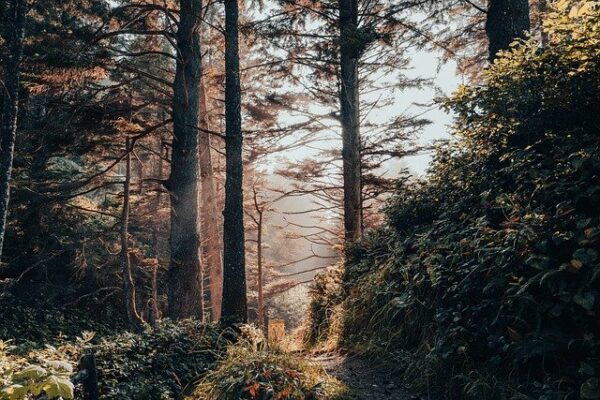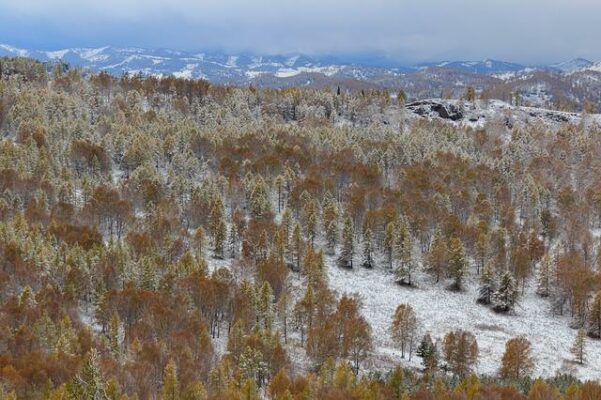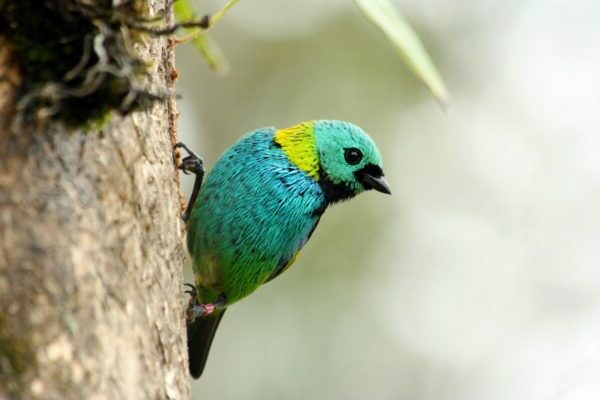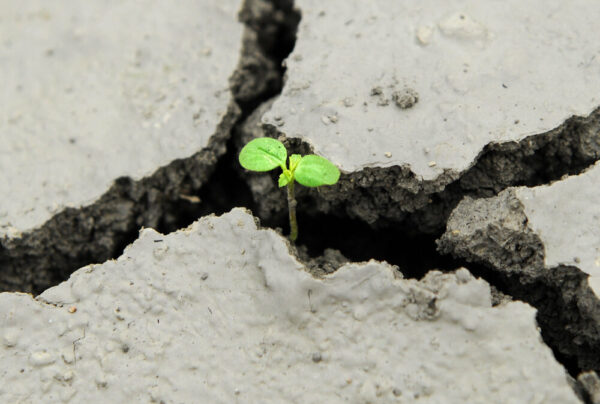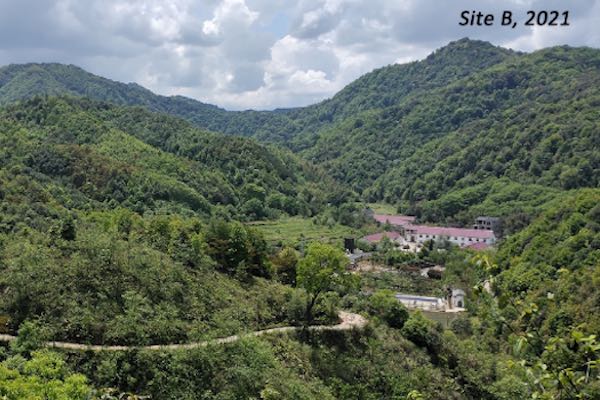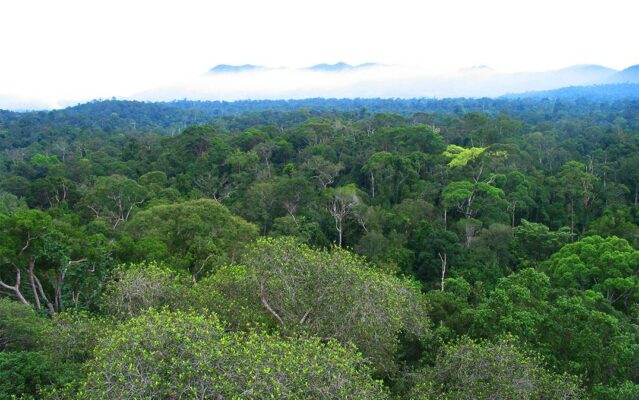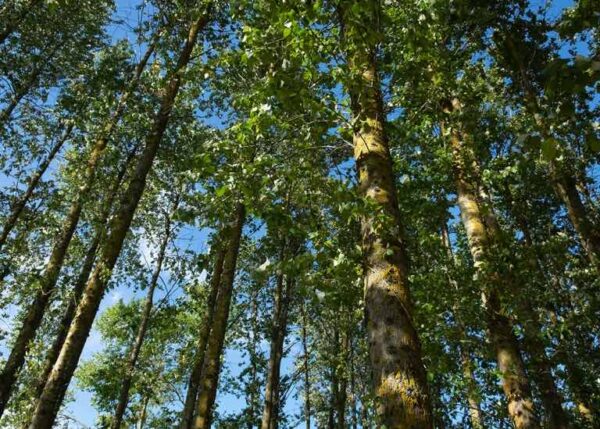
Researchers have developed a novel value chain for production of textile and bio-fuel from fast-growing poplars. By applying sustainable catalysis on these poplars grown on marginal land in Nordic climates, the demand for cotton can be reduced. Consequently, considerable areas…
Read More


